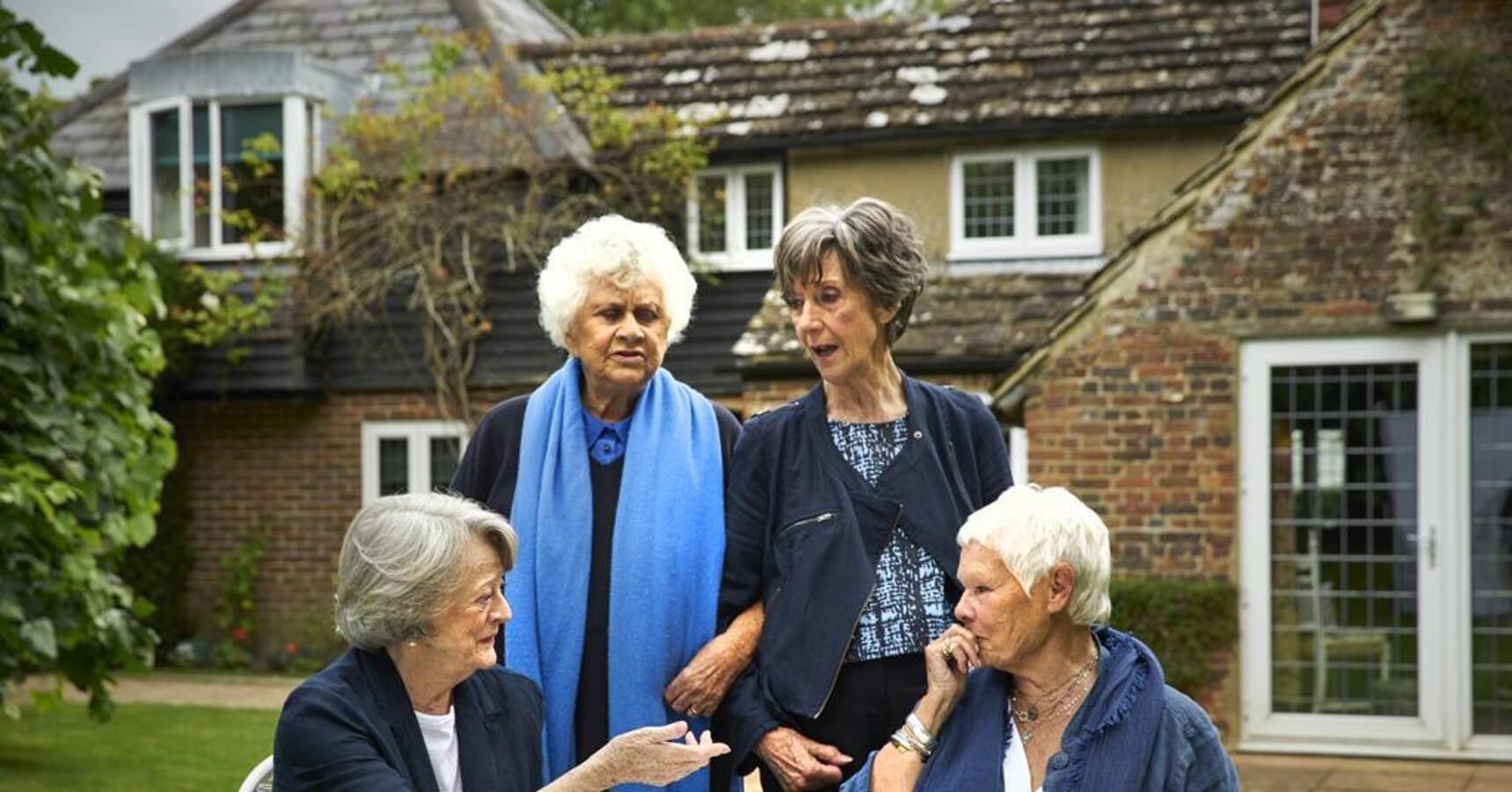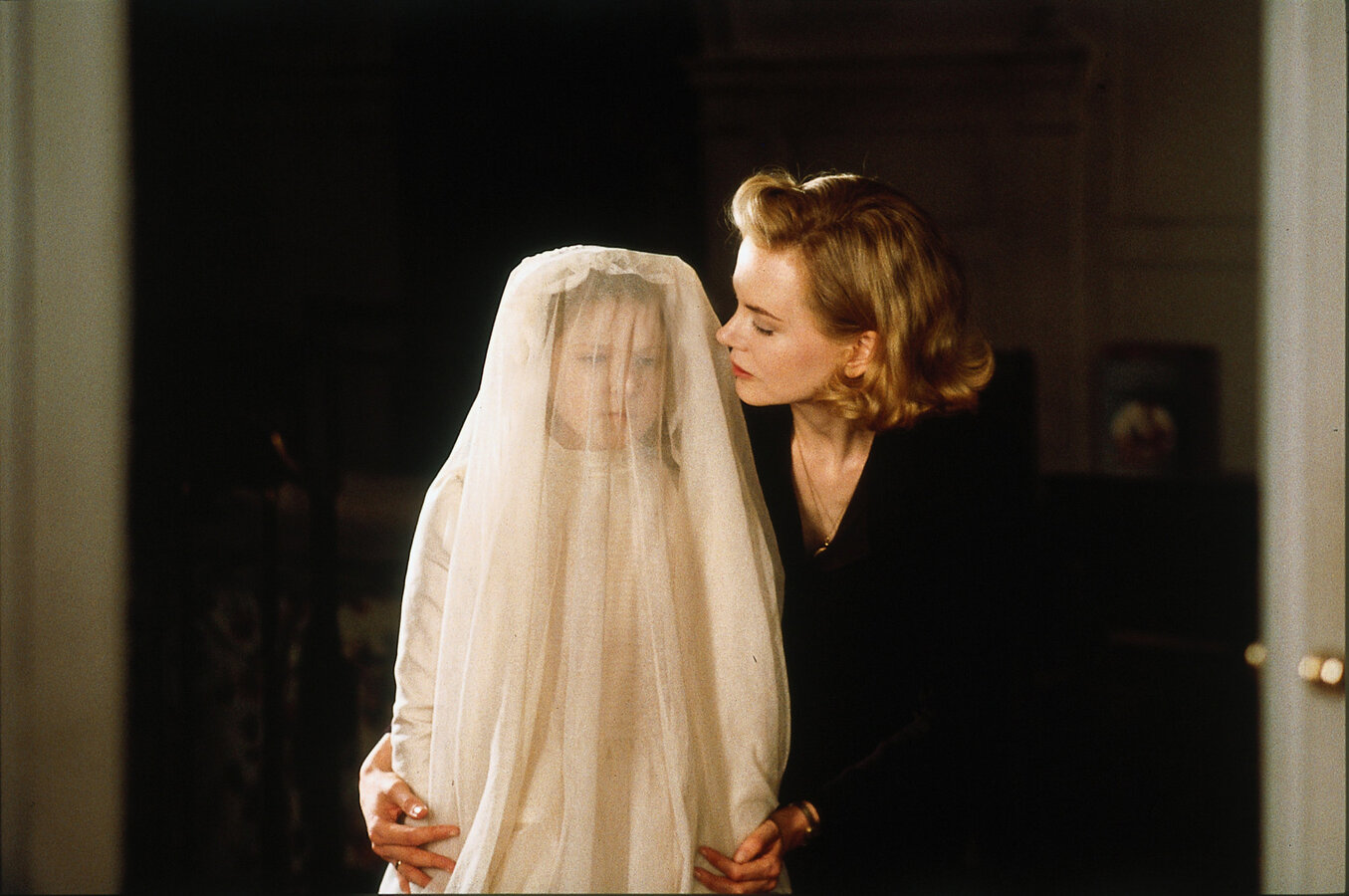Description
The cemetery plot granted in 1905 has reverted to the City of Luxembourg, which protected the monument commemorating the overlord of Bertrange.
The Colnet family belongs to a venerable clan of noblemen who worked as glassmakers and whose titles date back to the reigns of the French kings Charles (1438) and Louis (1464). The branch that took root in Luxembourg settled around 1479 in the episcopal principality of Liège under the bishop, Louis de Bourbon.
Jean-François Léon Alexandre de Colnet d'Huart (1821–1905) was born and died in Bertrange. He was born Alexandre de Colnet and adopted by Victor-Thérèse-George de Chelaincourt and his wife, Auguste-Élisabeth-Sophie Baroness d'Huart. He inherited their castle in Bertrange and was entitled to adopt the particle "d'Huart" and their noble status. JFL Alexandre studied physics and mathematics in Liège and Paris. When he returned to Luxembourg, he embarked on a distinguished career starting in 1847, when he was appointed lieutenant of the Luxembourg contingent for the garrison of the German Confederation. In 1852, he was appointed to a permanent teaching position at the Echternach secondary school. During the same period, he co-founded the Loge St Jean de l'Espérance in the former abbatial city. In 1857, he was appointed to teach at the Athénée. His political involvement began in 1866, when he became a member of the Assembly of Estates for the canton of Luxembourg. From December 1866 to September 1869, he served as Director-General of finance and public education. In this position, he was responsible for managing the costs of dismantling the Luxembourg fortress. In 1869, Colnet was appointed Head of the Athénée. He sat on the Council of State from 1889 to 1905. From 1885 to 1896, JFL Alexandre de Colnet d'Huart served as Mayor of Bertrange.
His son, Jean François (1862–1945) de Colnet d'Huart, married Marie de Maringh (1863–1933), who was from Berg/Nennig and served as lady-in-waiting to HRH Grand Duchess Charlotte. In 1914, Jean-François served as secretary under HRH Grand Duchess Marie-Adélaïde, and then in 1918, became the Grand Duchess' chamberlain and secretary for Grand Duchy affairs. In 1919 he became Marshal of the Court. From 1928 until his wife's death in 1933, he served as secretary for Grand Duchy affairs in The Hague. In 1925 he was promoted to Grand Marshal. Jean-François also served as president of the Compagnie d'Assurances la Nationale. From 1910 to 1923, he was Chairman of the natural sciences, physics and mathematics section of the Grand Ducal Institute. In 1926, he received the honour of Commander of the Order of the Oak Crown. Because he had no direct descendants, he bequeathed his part of the castle to the Luxembourg Red Cross for it to create a children's home there. Another descendant of the d'Huart family purchased the other part of the castle in 1948. To this day, the Fondation Colnet d'Huart cares for young people there.
The cemetery plot was created and first used in 1905. It is a blue stone cenotaph set on a platform of funerary slabs made of the same material. The upper part of the cenotaph is decorated with masonry ties that evoke the cover of a sarcophagus. The plot is bordered by angular blue stone boundary markers. It is surrounded by a wrought iron fence with Art Nouveau-inspired ornamentation. The names, titles and ages of the deceased appear in bronze lettering on the polished black granite funerary slab. The cenotaph has a base that can hold a crucifix. It is covered with a separate polished black granite plaque.















